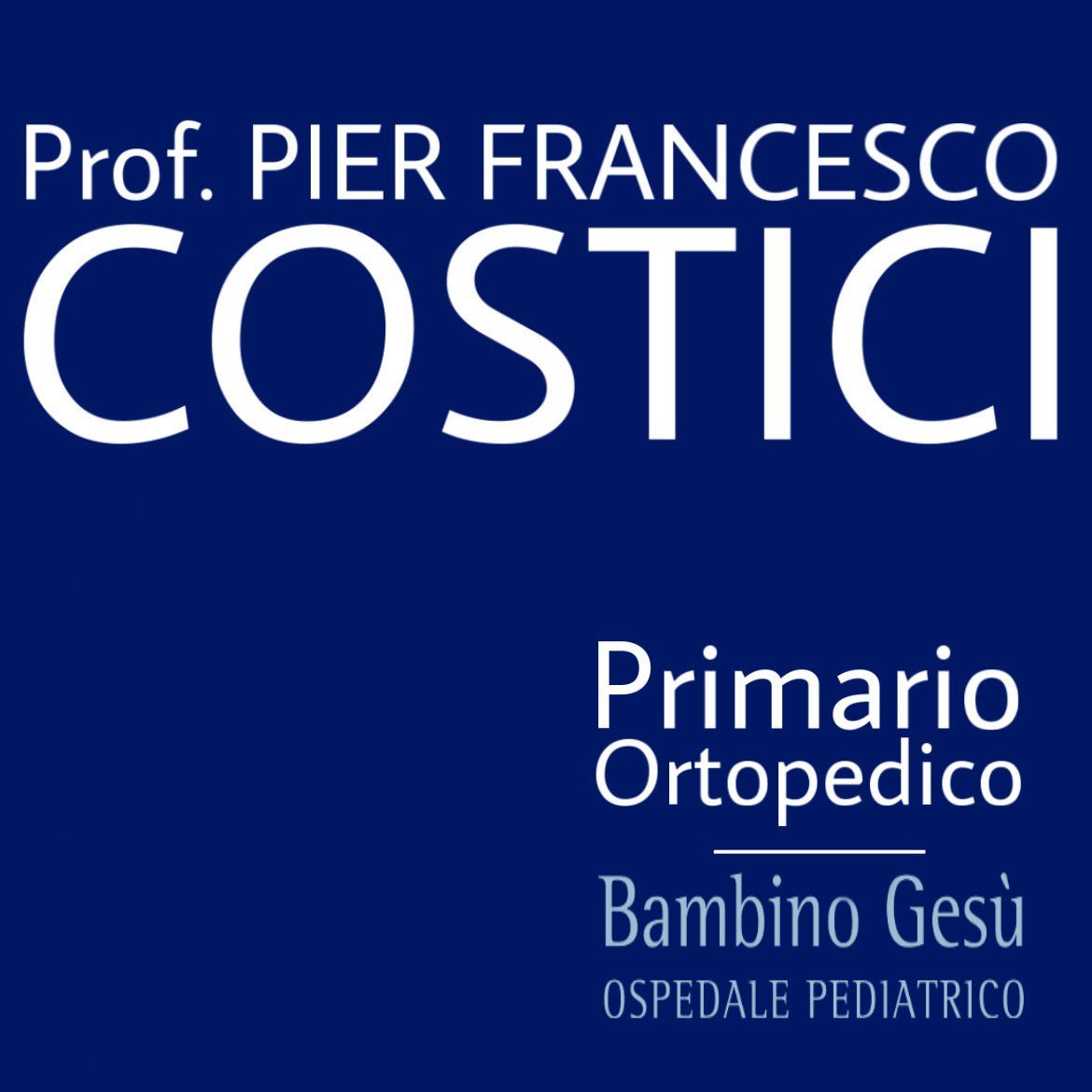Cerebral Palsy: Orthopedic Surgery
They represent the most common neuromuscular disorders in pediatric age, indicating an acute brain injury characterized by neuromotor symptoms.
WHAT IS IT?
The term Cerebral Palsy refers to the outcomes of an early, within the first or second year of life, acute brain injury characterized by neuromotor symptoms: paralysis, spasticity, chorea (sudden, rapid, involuntary movements, especially in the face and limbs), athetosis (continuous, involuntary movements of hands, face, and tongue), ataxia (lack of coordination of voluntary muscle movements). Cerebral Palsy represents the most frequent neuromuscular pathologies in pediatric age, with causes being prenatal, perinatal, or postnatal. The use of neonatal intensive therapies has undoubtedly increased the survival of children with severe malformations or cerebral distress caused by deficient blood flow (ischemia), thus expanding the number of individuals with cerebral palsy. Over time, the need for rehabilitative and surgical treatments to improve these patients' deficits has emerged. Surgical treatment aims to prevent osteoarticular deformities, improve motor functionality, and facilitate the caregiving tasks of healthcare providers and families.
Spasticity is a disruptive element for motor coordination, sitting and lying postures, leading to the development of distorted attitudes, joint rigidity, and orthopedic deformities.
The incidence of deformities is closely linked to the severity of the neurological condition; hence, early screening and treatment become fundamental.
WHICH AREAS ARE MOST AFFECTED BY DEFORMITIES
Deformities can affect the upper limbs, lower limbs, and trunk depending on the type of neurological injury. It can involve all four limbs (tetraparesis), predominantly affect the lower limbs (paraparesis), or affect only one side (hemiparesis). Surgical treatment should always be coordinated with rehabilitation specialists and aims to reduce spasticity, improve motor functionality, and prevent or correct bone deformities.
WHAT ARE THE MOST COMMON DEFORMITIES
Children with spasticity typically exhibit flexion deformities in the limbs due to the predominance of flexor muscles over extensors. Therefore, foot equinus (toes pointing downward and walking on tiptoes), knee flexion, hip adduction and flexion, elbow and wrist flexion, and scoliosis can occur.
WHAT ARE THE MOST COMMON INTERVENTIONS
The goal of surgical interventions on muscles and tendons is to rebalance muscular tone by reducing the tension of muscles with abnormally high tone, thus improving function and joint stiffness. Surgical interventions on bony structures aim to prevent or correct debilitating and painful orthopedic deformities such as clubfoot, hip dislocation, and scoliosis.
Patients undergoing soft tissue procedures are protected postoperatively with positional showers and promptly initiated into rehabilitation. Patients undergoing bone treatments are protected with plaster or fiberglass devices until the surgical correction consolidates
SURGERY
Surgical treatment is an excellent therapeutic option when conservative treatment can no longer counteract the progression of spasticity and the resulting appearance of osteoarticular deformities. In addition to traditional surgery, significant contributions have come from Baclofen pump treatment, particularly for severe forms of spasticity and dystonia. Literature data suggest performing early surgical interventions to avoid severe deformities that inevitably appear over the years, leading to the need for more destructive and less resolving interventions for the patient. In our experience, we believe that spasticity surgery is a valuable aid for cerebral palsy patients. Various surgical techniques are available, and recommendations require expertise from the operator and close collaboration with the neurorehabilitation specialist to determine the therapeutic path.
written by: Pier Francesco Costici, Rosa Russo - Orthopedics Unit in collaboration with: Bambino Gesù Institute for Health
original article from ospedalebambinogesù.it


